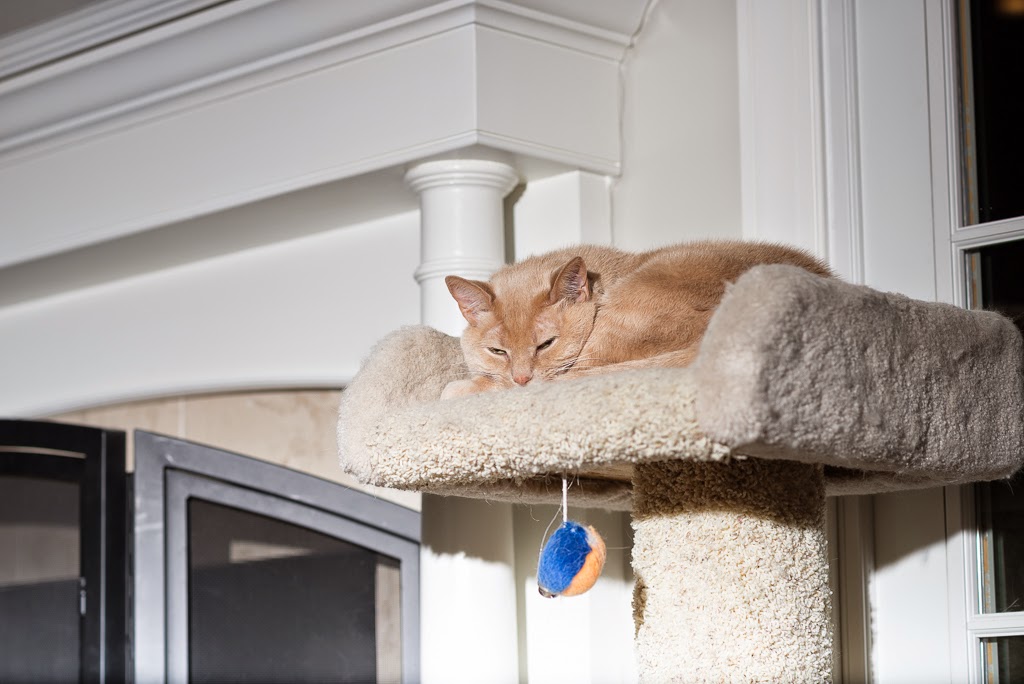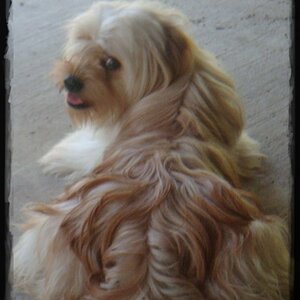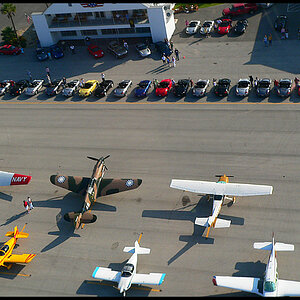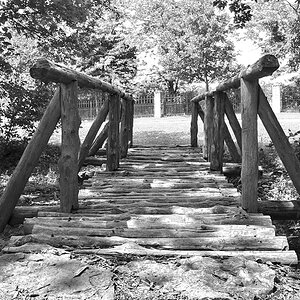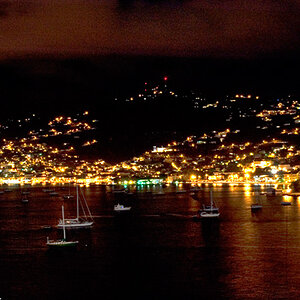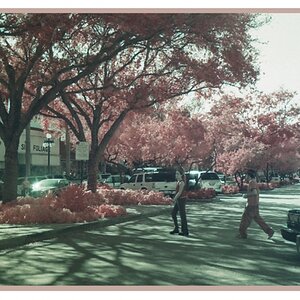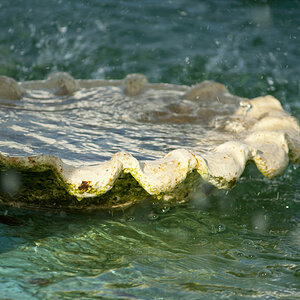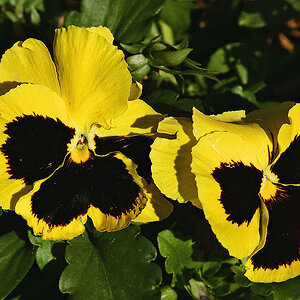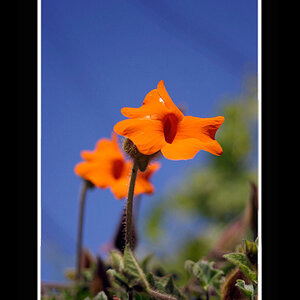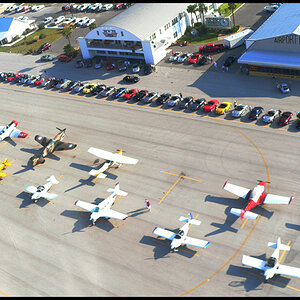ecphoto
TPF Noob!
- Joined
- Mar 6, 2012
- Messages
- 320
- Reaction score
- 18
- Location
- Southern California
- Can others edit my Photos
- Photos OK to edit
About a year ago I switched from Canon to Nikon. Don't get me wrong I immediately fell in love with the ergonomics, button layout and the menu with my D3200. One thing that I didn't find out until I purchased a external flash was the lack of HSS. When I shot Canon it was just built in even with my low end T3i lol. It was entirely my fault for not checking the detailed specs prior to purchasing.
Here's the thing...I'm looking to get a second and slightly better body. I was looking at the D7100 and the X-sync speed is only 1/250-1/320. Why is there such a lack of support for high speed sync, does Nikon only have it on the high end models?
Here's the thing...I'm looking to get a second and slightly better body. I was looking at the D7100 and the X-sync speed is only 1/250-1/320. Why is there such a lack of support for high speed sync, does Nikon only have it on the high end models?


